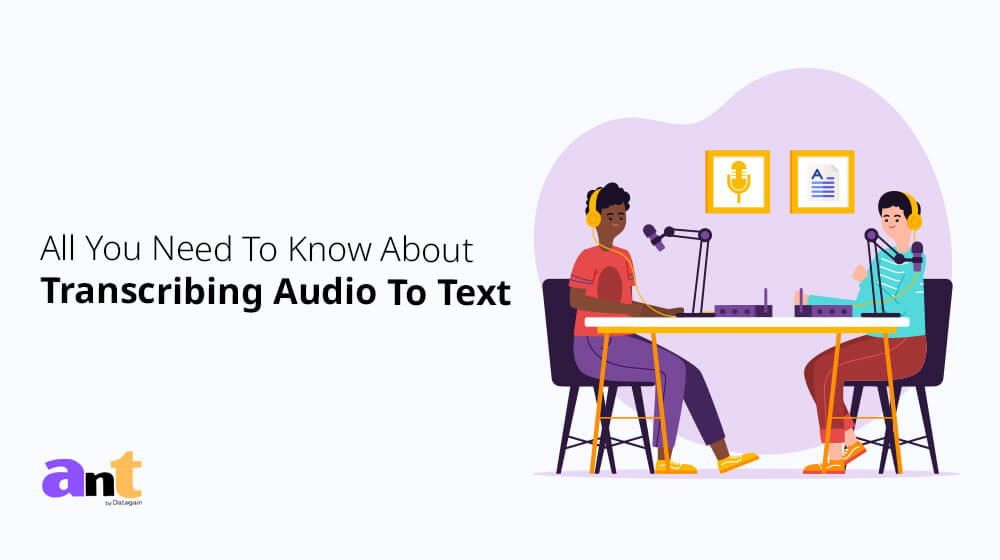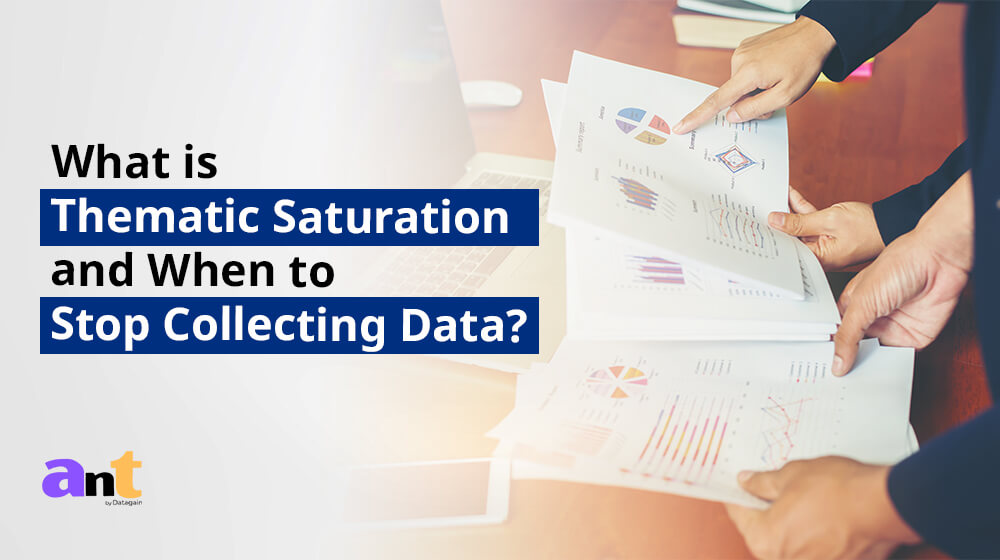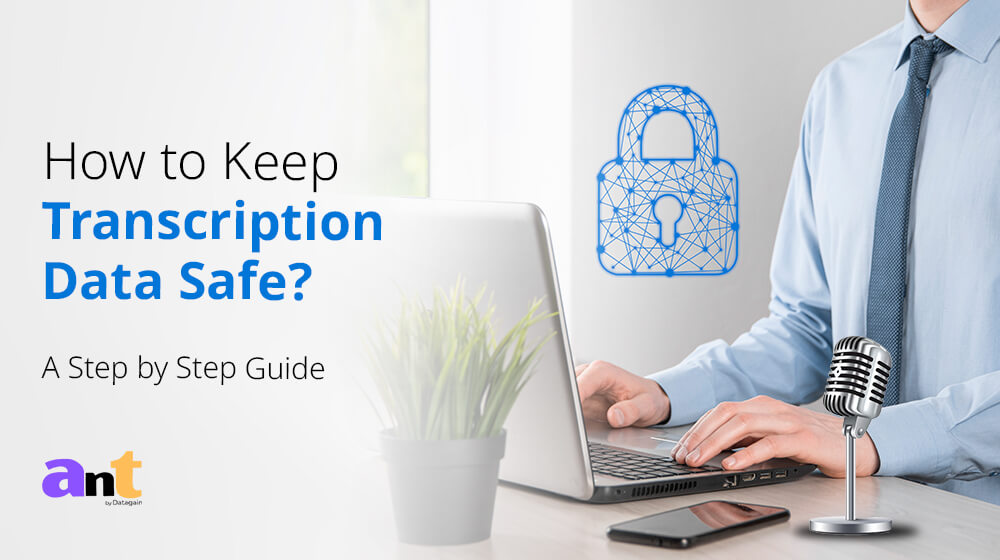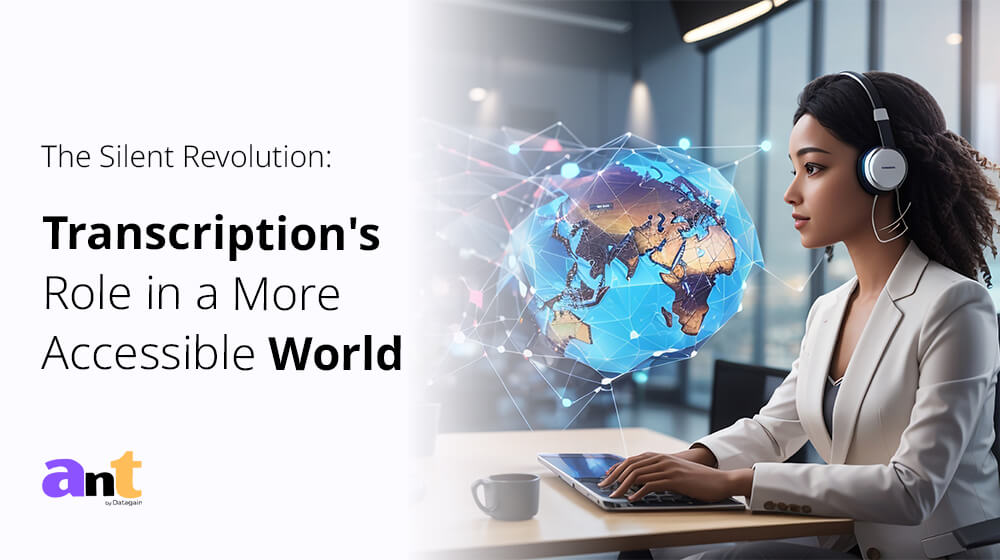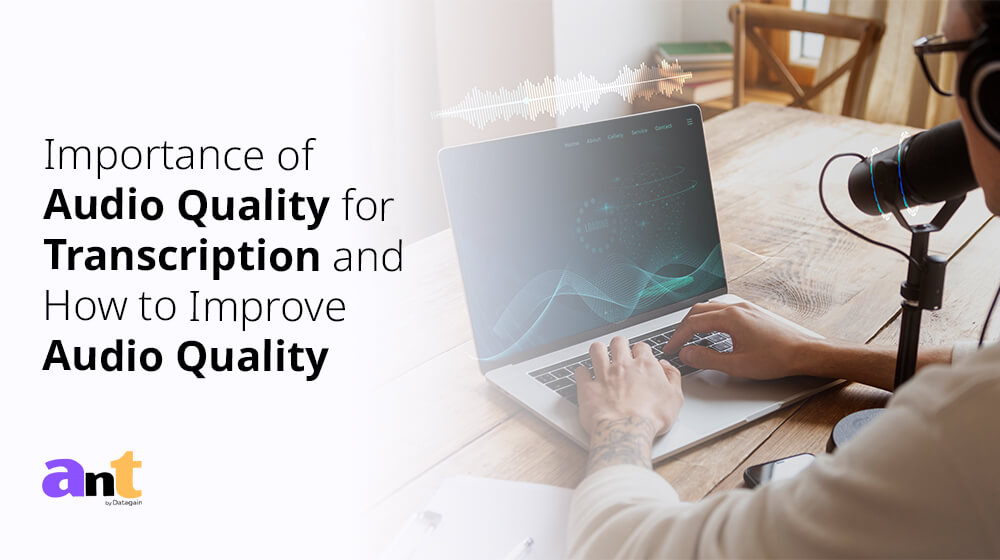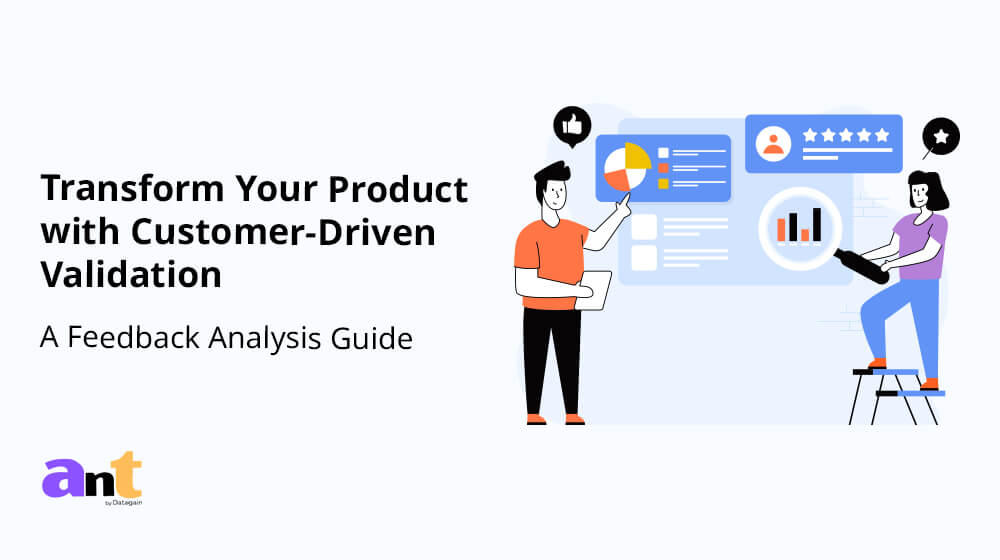What is most crucial if you want to transcribe audio to text? Well, one possible answer is a comprehensive guide that helps you understand transcription basics. From academics to medicine, transcribing audio to text is indispensable for most businesses. Read on and explore more about transcription, its methods, and some valuable tips to ensure the accuracy and efficiency of the content. Also, you will become familiar with the pivotal role of transcription in diverse sectors.
Transcription - Basics and Types
For those unversed, transcription is all about converting audio to text for academic, legal, and business purposes. Irrespective of the purpose, the ultimate aim is to produce accurate and error-free content. To ensure the same, there are different methods of transcription. It is mainly divided into two, manual and automated transcription. There’s also a third type of transcription called hybrid, in which both methods are included.
Manual Transcription – in manual transcription, the conversion of audio to text is done by translators, without taking help of any tool. It is the conventional method of transcription. and is mostly preferable for complex content. However, it is not considerable in the case of tight deadlines and larger projects.
Automated Transcription – In the case of automated transcription, audio-to-text conversion takes place with the help of a transcribing tool. There are many free and paid tools that one can use. This is suitable for larger projects but at times affects the accuracy of the content.
Hybrid Transcription – The third one is a combination of both manual and automated transcription. It is highly preferable as it helps in maintaining the right balance between the speed and accuracy while converting audio to text.
Transcribing Audio to Text
To transcribe audio to text, you can follow these steps:
For Manual Transcription
- Prepare a quiet workstation and ensure that there are no distractions.
- Use good quality earphones so that you can listen clearly and transcribe audio to text with ease.
- Set up a doc or any tool in your system for writing the text.
- To ensure accuracy, you can listen to the audio multiple times at different speeds. You can also use time stamps to ensure efficiency.
- Once you are done with transcribing the whole conservation, now arrives the time to proofread the document.
- The final content should clearly reflect the spoken content.
For automated transcription
- Pick a tool which aligns well with your needs. For instance, if you have a brief project for your academic purposes, you may consider free tools. In the case of professional projects, exploring paid tools becomes important.
- After finalizing the tool, follow the required steps and upload your audio file. Make sure that the file format is appropriate for the same.
- Adjust all the settings and let the transcription begin. Once done, save the file with the generated text.
- In the last step, look for errors and edit before finalizing the content. You can use tools that edit the text on various parameters including grammar, accuracy, and clarity.
For Hybrid Transcription
In case you take the hybrid approach to transcribe audio to text, follow these steps:
- Use automated tools for the initial transcription and save the script.
- In the next step, review the script and make any necessary changes. The flow of the transcripted document should align well with the spoken words.
Transcription Across Various Sectors
Presently, transcription services are required by various sectors. Let us have a look at some of the sectors which use transcription services:
Legal Industry
From court proceedings to consultations, the legal industry requires the conversion of audio to text for better record management. Transcription services add to the transparency and make research work easier for the lawyers. Speeding up the legal processes by enhancing efficiency also counts. Legal transcription must be done by seasoned professionals who are well-versed in dealing with complex and confidential content.
Academics
Transcription’s role in academics is important as it accelerates the ease of learning and works well for those who have listening issues. Also, transcription facilitates better information citation, promoting diversity in academic settings. The creation of error-free and accurate study materials can be done by collaborating with professionals.
Corporates
Precisely transcripted and documented content is important for corporations across the globe. Transcription also serves the compliance and legal requirements by accurate record maintenance. Communication plans work effectively as there is a clear written record of discussions, decisions, and other initiatives.
Manufacturing
Converting audio to text plays an important role in the manufacturing industry. Documenting production training sessions, workshop audios, and other technical briefings need accurate documentation for further usage. This documented content is used for creating training manuals and journals so that newbies can get the most out of it.
Media and Journalism
Transcription services are indispensable for Journalism and news organizations. Converting press conferences, interviews, and other audio into text is important for record maintenance in media houses. Additionally, it helps journalists and writers create articles, blogs, and reports.
Government
Government bodies and other associated agencies also need error-free audio-to-text conversion for record maintenance. Audios of summits, conferences, and speeches are transcribed to facilitate better communication and using it while public policy formation. The ultimate aim is to enhance the efficiency of the government operations.
Marketing
The marketing industry needs transcription services to document and maintain the records of client meetings and strategy discussions. Also, audio converted to text is used in creating content for social media and for enhancing blogs and articles. Communication with clients and stakeholders is clear and precise and helps sustain healthier business relationships.
To Sum Up
Transcribing audio to content is an essential part of most industries. It is important to understand the role of transcription in business enhancement. Also, picking the most effective method is important. For larger and more complex projects, it is always advisable to go with a professional transcription service provider. At ANT Datagain, we offer tailored transcription services using the best tools. Also, we understand the confidentiality of your content and ensure that your transcription journey is efficient, secure and best serves your purpose.

